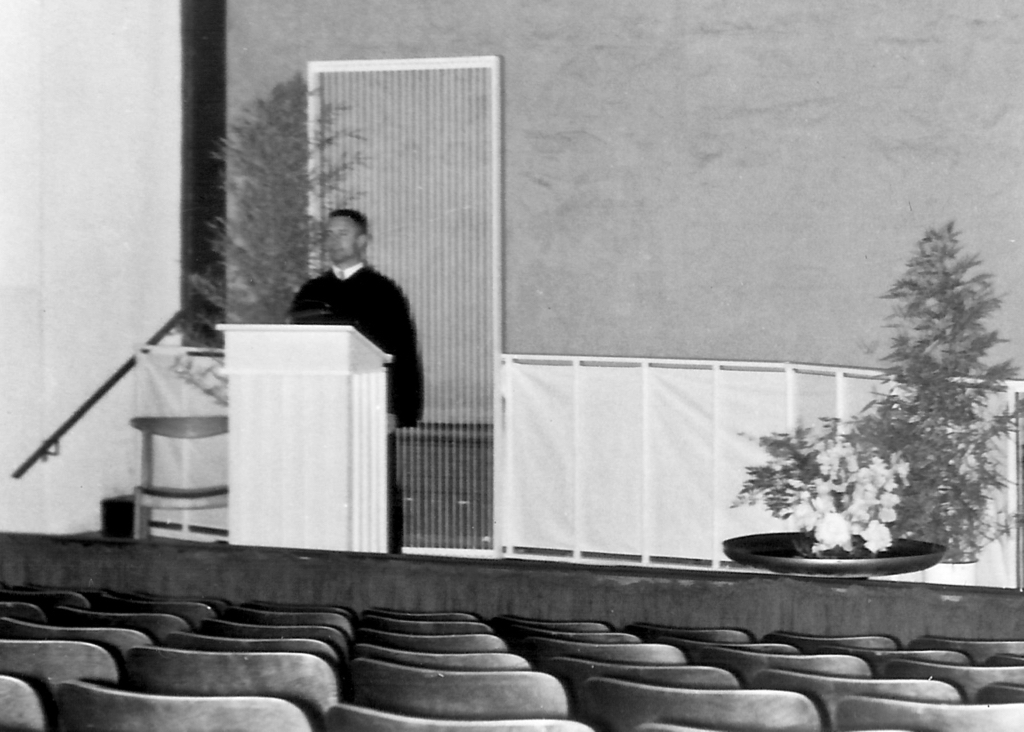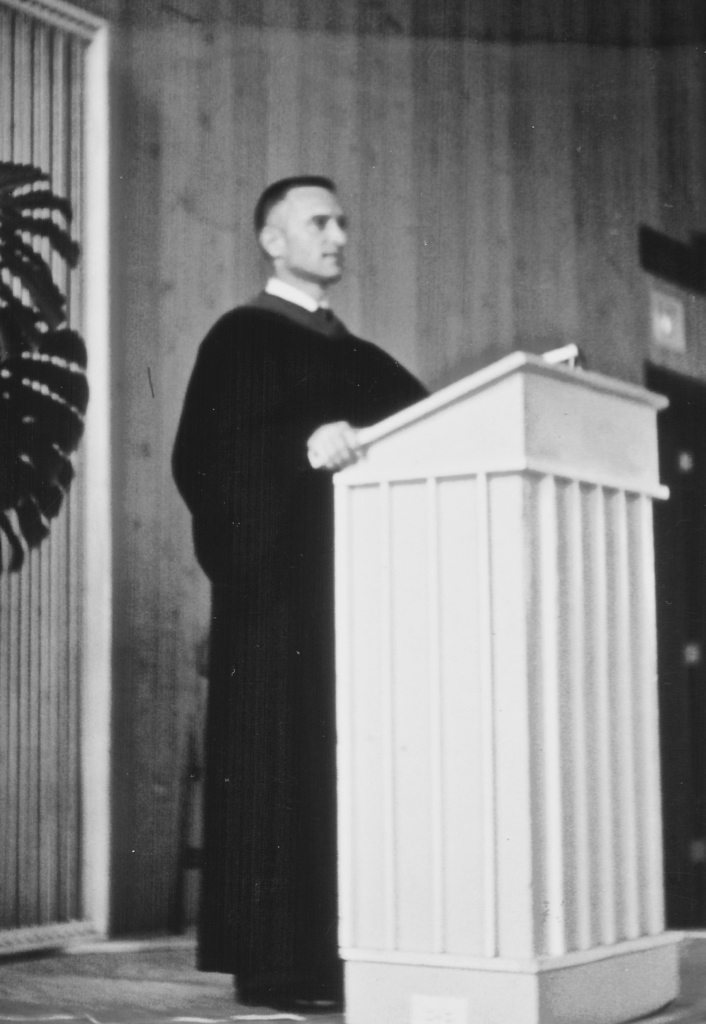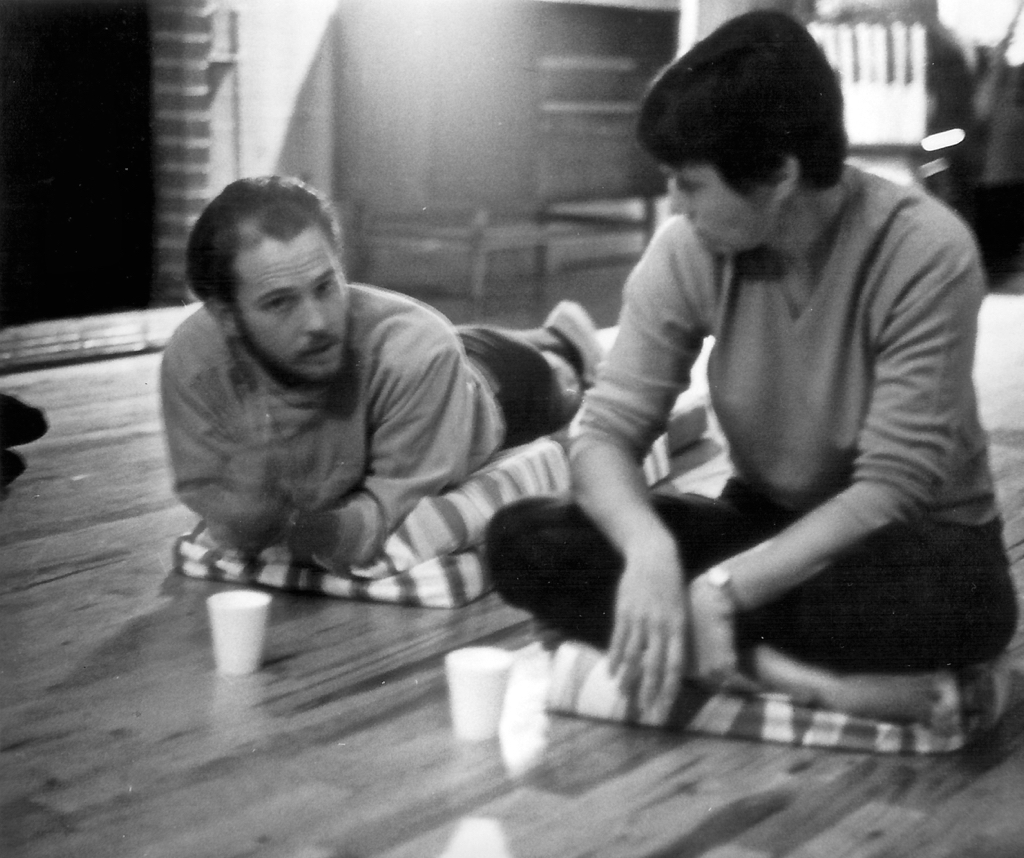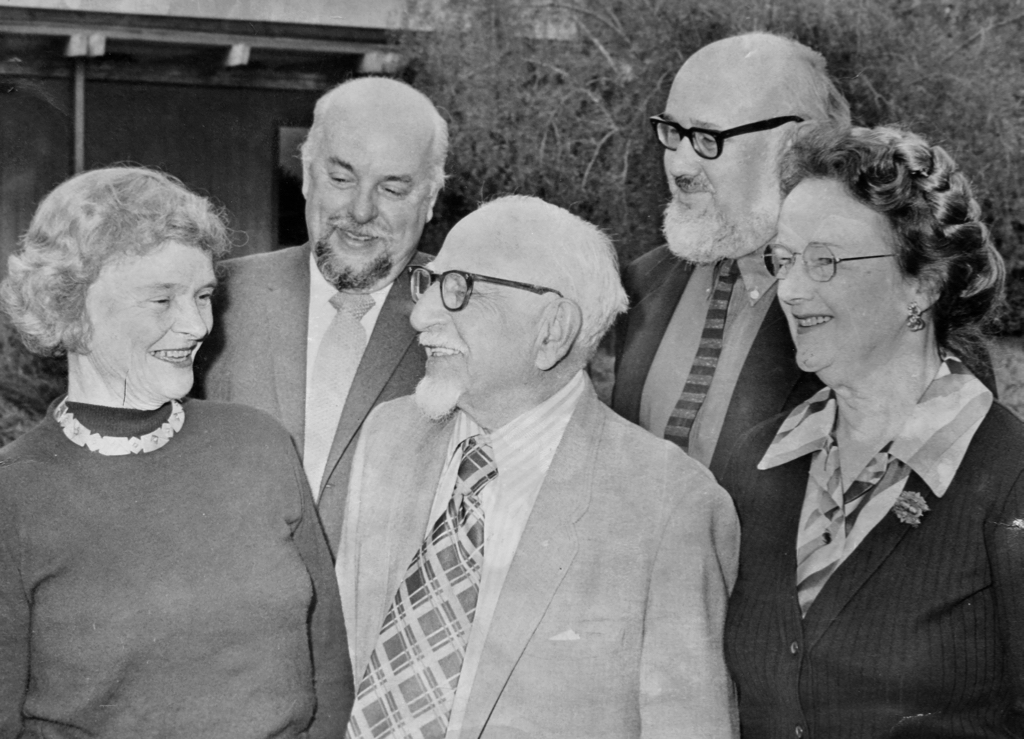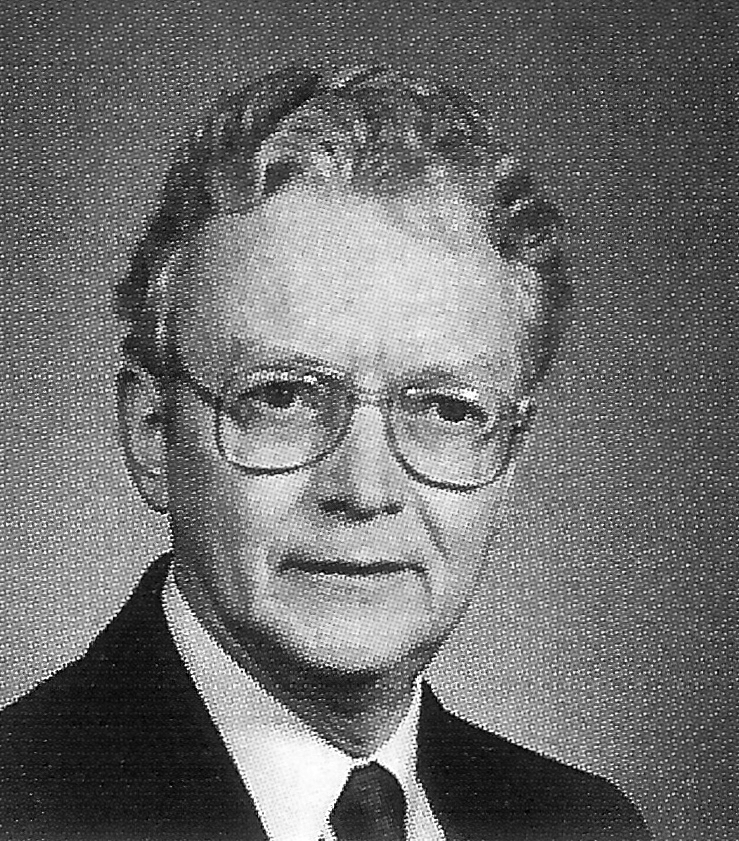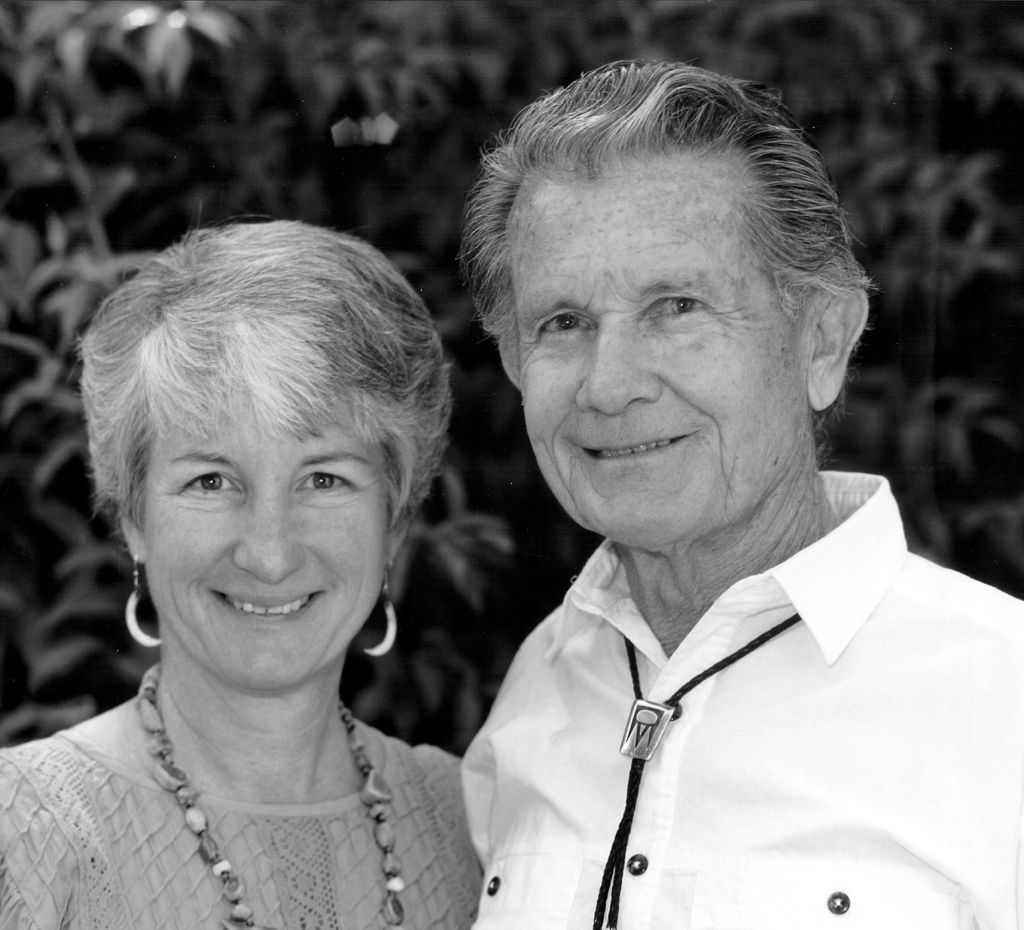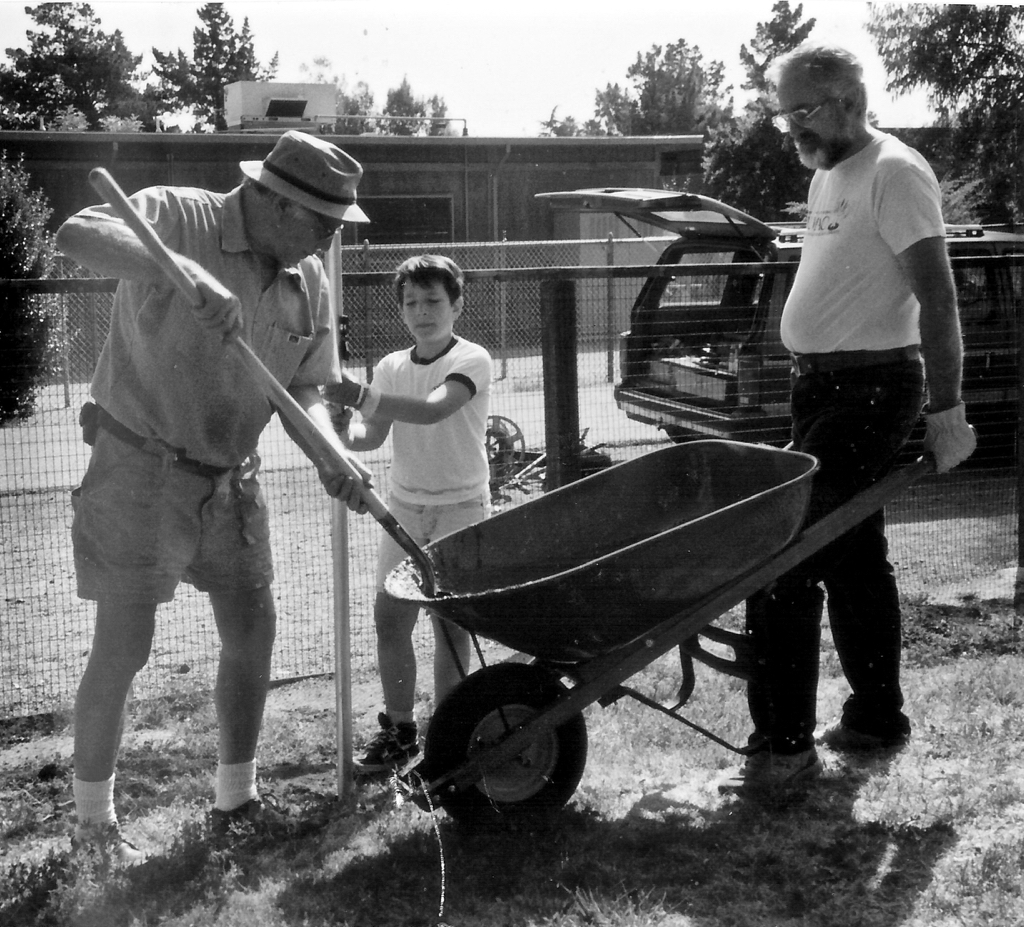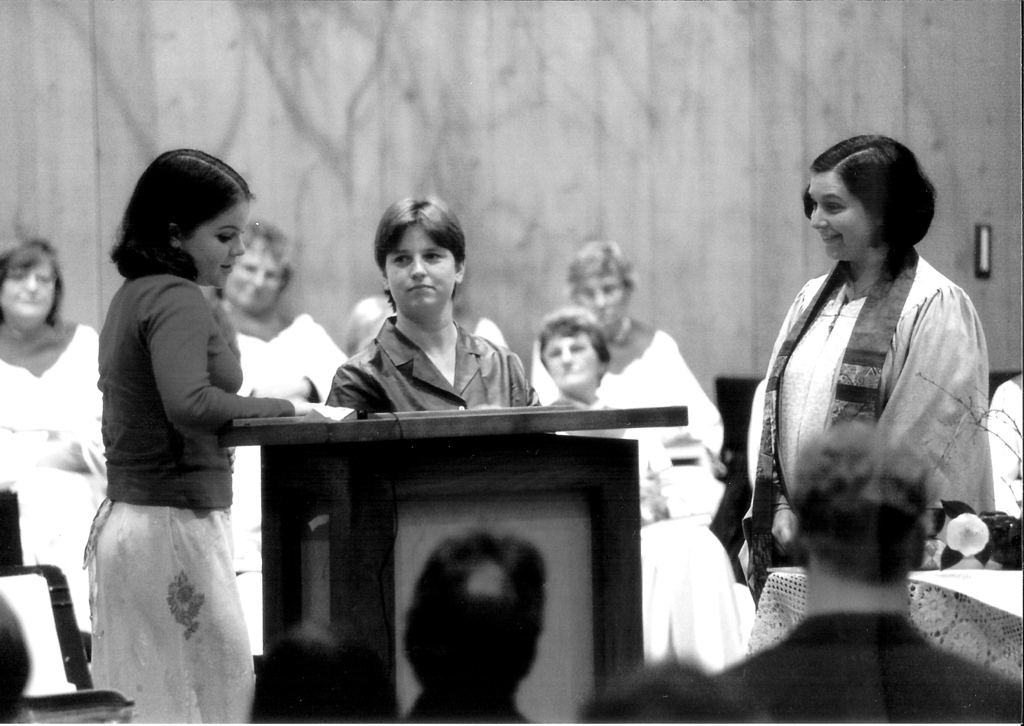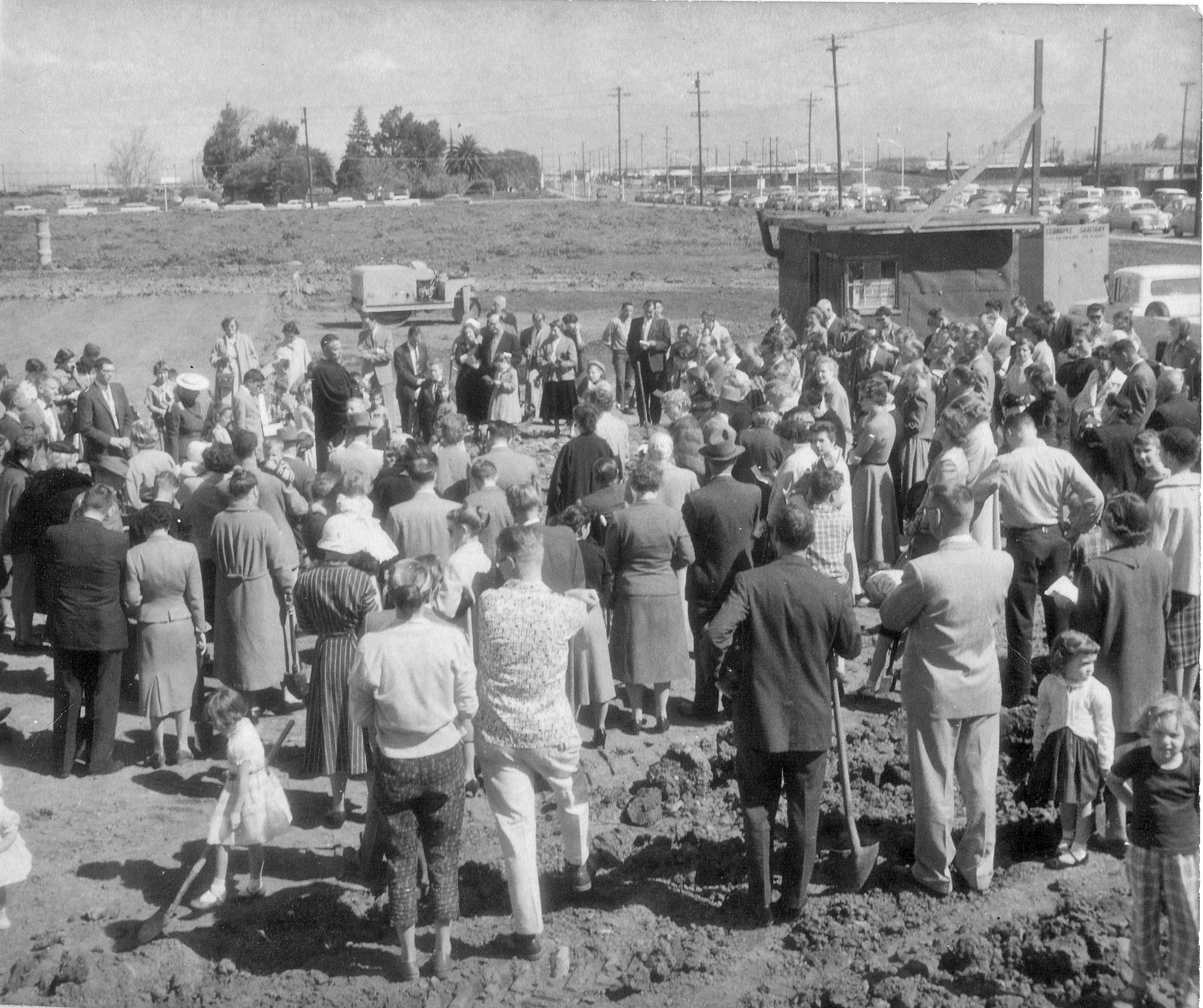Sermon copyright (c) 2022 Dan Harper. Delivered to First Parish in Cohasset. The sermon text may contain typographical errors. The sermon as preached included a significant amount of improvisation. Notes to the sermon appear as end notes.
Readings
In 1892, our congregation celebrated the fiftieth anniversary of Joseph Osgood’s ministry. One of the speakers at the celebration, Rev. Edward Everett Hale, described four of Osgood’s most important teachers and mentors, including Ralph Waldo Emerson. Hale then went on to say:
“But there is a greater instructor than either of these four, that has been training [your minister]. That is, the parish and the church to which he came in this town of Cohasset. A man comes as green as grass into a parish, and around him are all sorts and conditions of men and women. But all those men and women are ‘kings and priests.’ That word in the Book of Revelation is not a bit of flamboyant prophecy; it is the living truth of the gospel of Jesus: ‘You are all kings and all priests, and you are all ordained to this ministry.’ Unconsciously, year by year, while the green boy goes up into the pulpit and preaches as well as he can; unconsciously, week by week, all these people are preaching to him and are training him. And you can judge them by him and him by them.”
The second reading is from Leadership for the Twenty-first Century by Joseph C. Rost (Greenwood Publishing, 1991):
“Leadership is an influence relationship among leaders and followers who intend real changes that reflect their mutual purposes….
“…The leadership relationship is multidirectional. The relationship involves interactions that are vertical, horizontal, diagonal, and circular. This means that (1) anyone can be a leader and/or a follower; (2) followers persuade leaders and other followers, as do leaders; (3)leaders and followers may change places … and (4) there are many different relationships that can make up the overall relationship that is leadership. … If a relationship is one-sided, unidirectional, and one-on-one, those are clear signs that the relationship is not leadership.”
Sermon: “Our Congregation and Its Ministers”
Our congregation’s relationships with its ministers proved to be far more complex and interesting than I had originally thought. Today’s sermon will only take us up into the nineteenth century. Then you’ll have to return on November 28 to hear the rest of the history.
As I talk about some of the past ministers of our congregation, I’m going to take a somewhat unconventional approach. Instead of just talking about the minister, I’m going to focus on the relationship between the minister and the congregation. We habitually say, “Rev. Nehemiah Hobart did thus and so.” That’s what’s known as the “Great Man” theory of leadership: things get accomplished by a few Great Men, and everyone else just follows along. But from what I’ve seen, that’s not how it works in real life.
For example, when I was in my teens and twenties, the minister of my Unitarian Universalist church was Rev. Dana Greeley. He had come to our congregation after serving as president of the Unitarian Universalist Association, where he had a reputation of being something of a benevolent dictator. However, my church had plenty of strong lay leaders. Those lay leaders influenced Dana Greeley just as much as, or more than, he influenced them. If Dana Greeley had a reputation as a benevolent dictator, perhaps that was only because he was smart enough to know when to follow the lead of the lay leaders.
It is not the minister who rules things in a Unitarian Universalist congregation. The relationship between the minister and the congregation, and the relationships within the congregation — that’s where the actual power lies. With that firmly in mind, let’s look at some of the ministers of First Parish in Cohasset.
Our first minister was Nehemiah Hobart. He was the congregation’s third choice; two other ministers had turned them down before they asked Hobart to become minister of what was then called the Second Precinct of Hingham. Even after we became an independent congregation, both the congregation and the minister kept close ties to the parent church in Hingham. The minister there, Ebenezer Gay, was one of the earliest proponents of the liberal theology that became Unitarianism, and Gay and Hobart had been classmates and remained close friends.
Lay leaders also influenced the close ties between the two congregations. One of the key leaders who formed the Second Precinct was John Jacob, one of the wealthiest landowners in Hingham. John became the first deacon of the Second Precinct, the most powerful position of lay leadership. John’s brother Peter, the well-to-do owner of a fulling mill, was a deacon in the parent church. Both John and Peter Jacob were admirers of Ebenezer Gay and his liberal theology. It was only natural, then, that Nehemiah Hobart should fall into Ebenezer Gay’s theological orbit. And to further cement Hobart’s ties with liberal theology, he married one of Peter Jacob’s daughters, and then named his first son after John Jacob. Historian Robert J. Wilson writes: “The secession of the Cohasset parish provides, in some respects, an illustration of how the Hingham oligarchy managed to assimilate inevitable changes with a minimum of disruption.” (1)
After Nehemiah Hobart’s untimely death at age 43, (2) our congregation called John Fowle. Once again, the congregation had difficulty choosing from among several desirable candidates, but at last they settled on Fowle, who possessed some “considerable genius, and handsome acquirements.” Fowle’s ministry began during the Great Awakening. Theologically, he sided with the so-called Old Lights, that is, those who did not approve of evangelical excesses; in this sense, Fowle, like his contemporary Charles Chauncy, may be considered a proto-Unitarian. In taking this theological position, he was probably generally aligned with his congregation. However, he was nervous, irritable, peevish, and irregular. (3) This turned many in the congregation against him, and the congregation voted to dismiss him in 1746.
It seems possible that Fowle suffered from some kind of mental illness. His later career was marked by ups and downs. In 1751, he went to England, converted to Episcopalianism, and was sent back to Norwalk, Connecticut, as a missionary for the Society for the Propagation of the Gospel. He was given a large salary, but spent so lavishly he was soon hopelessly in debt. By 1756, he was dismissed by the Society for the Propagation of the Gospel for selling the mission library. He then became a small-time merchant. He died in jail 1764, and it seems likely he was imprisoned for debt. (4)
It’s important for us to know what happened to Fowle after Cohasset dismissed him. He seems to have had some real talent as a minister, and a genuine religious impulse. But clearly the profession of ministry was not a good fit for him, and our congregation was wise to dismiss him.
Our next minister, John Brown, was called to this congregation in 1747. In 1749, at age 25, Brown got into a squabble with Daniel Tower, a lay leader who was then age 57. The young pastor wanted to introduce a new psalm book, Tate and Brady. But Daniel Tower wanted to stay with the old Sternhold and Hopkins psalm book. Full members of the church (that is, those had signed the covenant and were admitted into communion) voted on the issue, and a close majority favored adopting the new psalm book. Daniel Tower then accused John Brown of taking “improper methods” to induce two members of the church to vote for the new psalm book. An investigation found Tower’s accusation to be unjust, and he was forced to “humbly acknowledge [his] fault and earnestly request the forgiveness of my Make, of my Pastor, and of the Church.” (5) From this story, we can see that the minister at this time was not a benevolent dictator; rather, he was one among several leaders in a democracy. This story also shows how passions could run high, and that democracy sometimes devolved into bare-knuckle politics.
John Brown was one of the earliest ministers in New England to be considered a Unitarian. John Adams recalled that Brown was a Unitarian by the 1750s. (6) I don’t think we can claim, with any certainty, that Brown led his congregation to Unitarianism. Instead, given that there are no stories of divisive theological conflicts in Cohasset during his ministry, I think it more likely that Brown and the congregation moved together towards Unitarianism. I also find it interesting that both Cohasset and Hingham had ministers known for their liberal theology. Ebenezer Gay, the minister in Hingham at this time, was later considered a Unitarian, and perhaps Nehemiah Hobart, had he lived as long as Gay, would also have been considered a Unitarian. For some reason as yet undiscovered, this little corner of Massachusetts proved fertile ground for liberal religion.
By 1775, at the eve of the American Revolution, Brown was a vocal Patriot. According to the Narrative History of Cohasset: “Some of the cynical sort scoffed at the enthusiasm of the patriots. When on one occasion the pastor, John Brown, urged men to enlist, one of these cynics taunted him upon urging others to do what he himself dared not do; but the warlike preacher raised his cane and threatened to thrash the ‘old Tory’ who insulted him.” (7) In 1775, every Massachusetts town had both Patriots and Tories. Clearly, the majority of Cohasset residents were aligned with the Patriot cause, and the minister was aligned with the majority. Did Brown lead the congregation, or did the congregation lead Brown? It seems likely that there was a mutual influence.
John Brown died in November, 1791, and three months later the congregation called Josiah Crocker Shaw as their next minister. He was the son of a nearby minister. Shaw quickly built a large expensive house on Highland Ave. But his was a brief ministry, for the parish records state that on June 12, 1796, “Mr. Shaw left his charge and the ministry.” The next day, Joel Wilcutt recorded in his diary: “this Day the Revnd Josiah C. Shaw went away from this town.” And on June 22, Wilcutt recorded: “Mr. Shaw’s House and furniture sold at auction.” (8)
Why was Shaw so suddenly dismissed? Writing in 1954, Gilbert Tower speculated that Shaw got into financial problems by spending too much on his new house. However, a month later, on July 23, 1796, his aunt Elizabeth Smith Shaw Peabody wrote about him in a letter, saying his “Conduct is too atrocious to admit of an excuse.” And within a few years both he and his wife were married to other people. Most likely, Shaw was dismissed by the congregation for adultery. (9) This is an example of the congregation taking charge, when a minister does not live up to its standards. This is, in fact, exactly what is supposed to happen in our type of congregation: the congregation has the ultimate authority both to call and to dismiss their ministers.
Jacob Flint was our next minister. Flint was respected and liked by his most of the congregation, but he was not a particularly good preacher. A later minister in Cohasset, Joseph Osgood, reported that Flint’s “manner of delivery in the pulpit was said to be slow and monotonous. He had an excellent ear and voice for singing. His brother, Dr. James Flint [the minister in] Salem, used to say to him that ‘he ought to sing his sermons, and not preach them.’” (10) Every minister has their strengths and weaknesses: Flint wrote well but spoke poorly. The congregation must intervene when a weakness becomes a major failing. As it happened, for Flint the big problem was not his poor speaking but his liberal theology.
In the 1820s, during Flint’s tenure in Cohasset, ours was one of many Massachusetts congregations that experienced conflict between the orthodox Calvinists or Trinitarians, who asserted the truth of predestination and the divinity of Jesus, and the liberals or Unitarians, who firmly believed in the capacity of human will to do good and who firmly disbelieved that Jesus was the same as God. Most Cohasset residents gradually moved towards Unitarianism, but those who were orthodox Trinitarians remained firm.
Jacob Flint was one of those who grew more liberal in his theology, influenced in part by his congregation and in part by his more talented younger brother James Flint. On December 7, 1823, Flint preached a sermon titled, “A Discourse, in which the Doctrine of the Trinity is examined, and some remarks made on Calvinism.” Much of the congregation had a favorable response to this sermon. At the request of some of those parishioners, it was even printed for wider circulation.
But not everyone in the congregation was pleased with liberal theology, and some of them developed a personal dislike for Jacob Flint. The 1895 “Manual of the Second Congregational Church of Cohasset” takes up the story from the perspective of the orthodox party: “The antagonism aroused by [Flint’s] doctrinal attitude was still further increased by personal resentments; until, in the summer of the year 1824, there was an irreconcilable breach in the church. More than a score of disaffected members of the parish were unwilling to worship any longer in ‘Rev. Dr. Flint’s meetinghouse,’ ‘on account’ as the records say, ‘of his heretical Unitarian sentiments.’” (11)
If the stories that come down to us are true, Flint continued to fan the flames of resentment after this breach. Supposedly he would look out the windows from the pulpit and see who was going into the new church. Upon meeting people of the orthodox party on the street, he would ignore them — and they would ignore him.
I am tempted to be gently critical of Jacob Flint for not rising above personal animosities during this bitter conflict. But it is only human to behave the way he did: to stealthily look to see who was going into the new church; to pretend to ignore those with whom he disagreed. We can observe the same kinds of human behavior in today’s great religious controversy, the battle over abortion, same sex marriage, and gender identity. We like to pretend these are political battles, but it looks exactly like a religious conflict to me. And just like the conflict between the Unitarians and Trinitarians in 1824 Cohasset, today’s religious conflict divides families and causes people to snub one another. So while it’s tempting to judge Jacob Flint for not rising above personal animosities, we might listen to the Biblical injunction to judge not lest we ourselves be judged. And I can’t resist pointing out that now our congregation and Second Congregational Church are allies in today’s religious controversies. We have come a long way from the bitter divisions of the 1820s.
The division between First Parish and Second Congregational Church provides a convenient stopping point for this sermon. I’ve only covered a century of the relationships between our congregation and its ministers. You’ll have to wait until November 27 to hear the rest of the story.
Before I close, let me reiterate what I said when I began. I do not believe in the “Great Man” theory of history. This old myth ignores lived experience. In the case of our congregation, we have undoubtedly had some excellent ministers, and we have also had some poor ministers. But the story of our congregation cannot be reduced to the story of its (mostly male) ministers.
To paraphrase Rev. Edward Everett Hale: Year by year, ministers go up into the pulpit and preach as well as they can. Yet the whole time, week after week, the people of the congregation are preaching to the minister, and are training and educating the minister.
The history of leadership within our congregation is actually the story of a web of interdependent relationships encompassing everyone who has been a part of this congregation over the past three hundred years.
Notes to the sermon:
General information is taken from the following histories:
Bigelow, E. Victor Bigelow. A Narrative History of the Town of Cohasset. Cohasset: Committee on Town History, 1898.
Cole, William R. “One Hundred Fifty Years of the Old Meeting House in Cohasset, Mass., 1747-1847.” Boston: George Ellis, 1897.
Flint, Jacob. “Two Discourses Containing the History of the Church and Society in Cohasset.” Boston: Monroe and Francis, 1822.
Osgood, Joseph. “A Discourse Delivered in Cohasset … on the 25th Anniversary of His Ordination as Pastor.” Boston: Alfred Mudge & Son, 1884.
Tower, Gilbert. Unpublished manuscript, 1956.
(1) Robert J. Wilson, The Benevolent Deity: Ebenezer Gay and the Rise of Rational Religion in New England, 1696-1787 (Univ. of Pennsylvania, 2015), pp. 48-50.
(2) 18 March, 2024: In the original sermon, I said in an end note that Hobart died of epilepsy. In the note, I gave my reasoning as follows: “Some recent histories have claimed that Hobart died of epileptic fits. ‘Epileptic’ is a misreading of the word ‘apoplectic,’ the term that appears in the early histories. The Oxford English Dictionary defines ‘apoplexy’ as ‘A malady, very sudden in its attack, which arrests more or less completely the powers of sense and motion; it is usually caused by an effusion of blood or serum in the brain….’ Apoplexy is not a precise medical term, but it is most certainly not epilepsy. ‘Stroke’ is probably the closest modern equivalent, so that’s the term I use here [in the end note].”
However, in January, 2024, when I was researching a different history sermon, I happened to look again at Hobart’s minister’s book where he records his illness. I realized that I should have read this section more carefully. When he records the first fit, he did in fact call it an “appoplectic fit.” But for a subsequent seizure, he used the term “epileptic” —
“1738 Aprill [?] 28th 2 Small Appoplectic fitts, Lost [?] from the beginning of the first fit to the End of the Second about 3 or 4 h a Loud call to prepare for Death. May I hearken to it….
“July 23 about 10 ‘clock am. [?] a Small Epileptic Lasting half an hour before I came to my senses….”
Given the number of “fits” (or seizures) he records, and the frequency with which they happen, epilepsy seems more likely than apoplexy (or stroke). Epilepsy can be caused by a stroke, so Hobart’s first seizure could have been a stroke, while the subsequent ones could have been epilepsy.
Hobart recorded seizures that happened from April through September, 1738. He finally died on 31 May 1740. Today, we know that deaths attributed to epilepsy may actually due to other causes. Thus, rather than claiming that Hobart died of epilepsy, it seems safest not to try to pinpoint the cause of death but rather to simply state that Hobart died at a relatively young age. The sermon as revised above reflects this change in interpretation.

(3) Using the words of Flint (1822), who may have known Fowle and certainly knew people who remembered him.
(4) Sibley’s Harvard Graduates, vol. 9, pp. 151 ff.
(5) This story comes from Tower (1956).
(6) Letter from John Adams dated May 15, 1815, quoted in Samuel A. Eliot, Heralds of a Liberal Faith, vol. I: The Prophets (Boston: American Unitarian Assoc., 1910), p. 2.
(7) Bigelow (1898), p. 288. In 1775, Brown was only 51. I’ve found nothing to explain why he needed a cane at that relatively young age; there were plenty of militiamen in their 50s and 60s. This story may be apocryphal.
(8) These excerpts from Joel Wilcutt’s Diary appear in Tower (1956).
(9) Massachusetts Historical Society, Adams Papers Digital Edition, Adams Family Correspondence vol. 11, “Elizabeth Smith Shaw Peabody to Abigail Adams,” footnote 2, www.masshist.org/publications/adams-papers/index.php/volume/AFC11/pageid/AFC11p336 accessed 17 October 2022.
(10) Osgood, 1884.
(11) This quote from the 1895 “Manual of the Second Congregational Church of Cohasset” appears in Tower, 1956.
